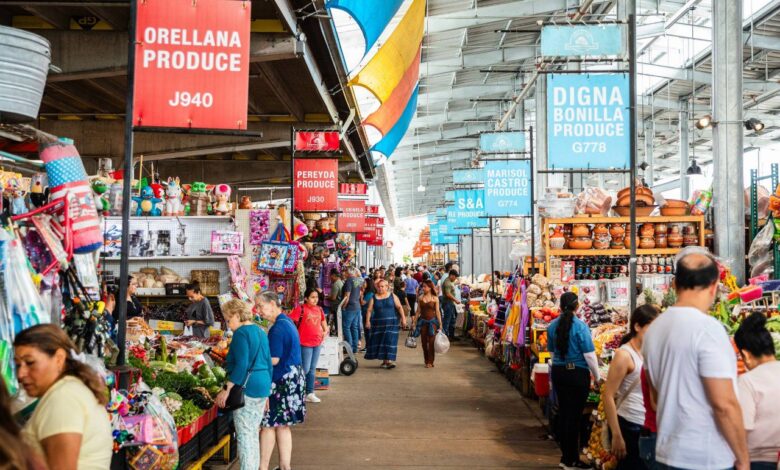
Top Market Inspirations for Iloilo’s Central and Terminal Markets
In the heart of Iloilo City, public markets are more than places to buy goods—they are cultural centers, everyday meeting spots, and guardians of tradition. Now, as Iloilo’s Central and Terminal Markets undergo a much-awaited transformation, the city faces an exciting challenge: how do you modernize a market without losing its soul?
One way forward is by learning from successful market redevelopments around the world. From Tokyo to Madrid, and even as close as Seoul, these iconic markets offer ideas that can be adapted to elevate Iloilo’s Central and Terminal Markets—while keeping them rooted in local identity.
Tokyo’s Tsukiji Market: Clean and Organized
Japan’s Tsukiji Market became world-famous for its organized structure and high standards in sanitation. Though now moved to a new location, it remains a model of how efficiency can enhance the traditional market experience. Stalls are arranged logically by product type, and cleanliness is treated with the same importance as quality.
This level of structure would serve Iloilo’s Central and Terminal Markets well. Zoning different types of vendors can help improve flow and customer comfort. Paired with a strict sanitation program and regular waste management, the markets could maintain a cleaner, safer environment while staying true to the traditional palengke spirit.
Madrid’s Mercado de San Miguel: Preserving History with Style
The Mercado de San Miguel in Madrid is a shining example of how a public market can evolve into a vibrant culinary destination without erasing its heritage. Its iconic iron-frame structure remains intact, but the market now houses gourmet food stalls, artisan products, and even wine tasting areas—all while retaining its original charm.
Iloilo’s Central and Terminal Markets can take a similar approach. By maintaining architectural features and combining them with new lighting, seating, and vendor upgrades, the markets can cater to both long-time residents and first-time tourists. This blend of old and new is key to keeping the market relevant across generations.
Seoul’s Gwangjang Market: Food and Culture in Every Bite
Gwangjang Market in South Korea is known for its authentic street food, vibrant textiles, and cultural atmosphere. It’s not just a place to eat—it’s a place to experience Korean identity in everyday life. Locals and tourists crowd the narrow aisles to enjoy local dishes and traditional goods.
There’s huge potential to reflect this model in Iloilo’s Central and Terminal Markets. A dedicated zone for Ilonggo delicacies like batchoy and pancit molo could become a highlight for visitors. Local crafts such as hablon weaving and pottery could also be featured prominently. Adding a night market element would bring even more energy and economic activity.
Houston Farmers Market: Community-Centered Design
In the U.S., the Houston Farmers Market transformed into a space that serves more than just buyers. It now offers wide walkways, gardens, seating, and areas for events. Its open-air design and flexible layout allow it to host food demos, pop-ups, and live music, creating a sense of community.
This concept aligns well with Iloilo’s aspirations. Incorporating community spaces in Iloilo’s Central and Terminal Markets—like areas for weekend fairs, performances, or cooking shows—can turn an ordinary shopping trip into a cultural experience. These additions support small businesses and deepen connections among marketgoers.
Iloilo’s Central and Terminal Market’s Own Flavor
With help from private partners like SM Prime Holdings and strong local leadership, Iloilo is already building toward a modern, people-friendly public market. As Iloilo Today highlighted, the goal is not to copy other cities—but to create a world-class space that still feels like Iloilo.
RELATED: Better Business Sense: Iloilo City LGU Trains Market Vendors
By taking the best elements from markets around the world and shaping them with Ilonggo pride, Iloilo’s Central and Terminal Markets can become more than upgraded facilities. They can serve as symbols of progress rooted in culture—a local tradition ready for a global stage.




